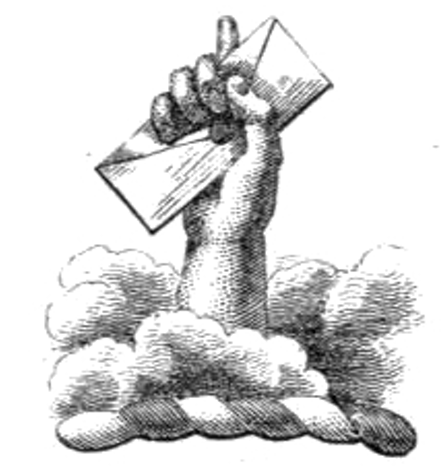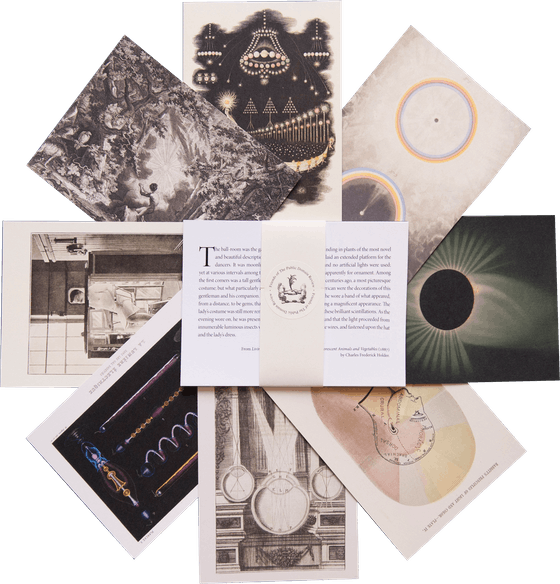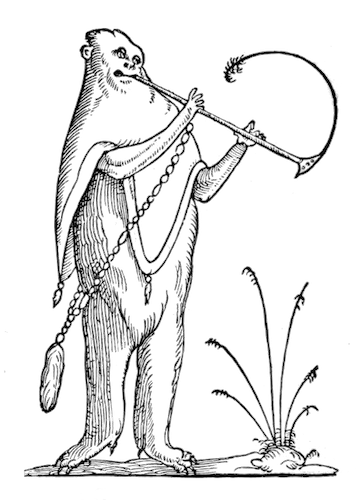
Paramaribo and the Plantation: Gerrit Schouten’s Dioramas of Suriname (1810–30)
Beneath a thatched roof, five women prepare cassava, chicken milling at their feet. A blue parrot perches nearby, craning its neck toward the workers. One of the women has darker skin than the others, with close-cropped curly hair. She may be a Maroon, an escapee from slavery who found refuge among the local population, and the others are indigenous people of Suriname, probably Arawak.
Likely repurposing an old crate, the Dutch-Surinamese artist Gerrit Schouten created this scene in 1810; the figures are tiny and papier-mâché, backed by a painted screen of clouds and trees. The heavy gold frame that now surrounds it is a clue to its later life: not long after being created, the diorama was sold to a European collector, from whom it was acquired by the Rijksmuseum.
Born in 1779, Schouten was the son of Hendrik Schouten, a Dutch administrator and littérateur, and Suzanna Hansen, a free woman of color who belonged to a prosperous and, at times, notorious family. His great-great-aunt, Elisabeth Samson, was a coffee plantation owner who, in 1767, became the first Black woman in Suriname to marry a white man. Schouten’s father, although born in Amsterdam, wrote the first known literary work in Surinamese creole: Een huishoudelijke twist, a short poem dramatizing a household quarrel which alternates, as many such arguments in colonial Suriname likely did, between Dutch and Sranantongo, a local language that mixed English, Dutch, and the Central and West African languages spoken by enslaved people.
Schouten was likely not formally trained, but he was a central part of Paramaribo’s cultural scene — and is probably the first professional Western-style artist to have been born in the Caribbean. Thirty of his dioramas are still extant, most of them in Dutch hands: the Rijksmuseum holds six of them; the Wereldmuseum another twelve. Some of them were commissions for local burghers, like the 1820 diorama created for the British merchant William Leckie, which shows the green fronting of his house not far from the quays of Paramaribo’s harbor. Others are vast and lightly-peopled, like this one from 1812, which depicts the wide sweep of the lawns going up to Paramaribo’s Government Square. (He also dabbled in other forms: when the Dutch prince Willem Frederik Hendrik, the third son of Willem II, visited Suriname in 1835, Schouten presented him with a case of papier-mâché butterflies, now at the Rijksmuseum Boerhaave in Leiden.)
There’s something precociously modern, in the early twentieth century sense, about Schouten’s works. They are anthropological dioramas avant la lettre — literally. The word “diorama” was only coined in 1822, long after Schouten began working, then in reference to a full-size theatrical display invented by Louis Daguerre (of daguerrotype fame) and the painter Charles Marie Bouton. (Natural history dioramas wouldn’t begin to be installed in museums until the end of the century.) Miniature displays like Schouten’s — first known as “perspective theaters” — had initially come into vogue at the end of the eighteenth century, popularized by the Augsburg printer Martin Engelbrecht, who layered engravings to create an effect of depth when seen through a special device. Schouten’s miniature figurines are part of a later development of the genre, but some of that theatricality remains: like a stage, the base of each of his dioramas angles down toward the viewers.
Schouten also depicted performances. He often returned to representations of the du, a religious celebration that was a central part of the social life of enslaved people in Suriname. He produced six of them over about thirty years — the Rijksmuseum’s 1830 diorama, likely made for a European collector, shows eleven figures playing music and dancing to the narration of the afrankeri, the female leader of the celebration who was often, Nicholas J. Rinehart points out, a free woman of color not too dissimilar from many of Schouten’s own family members. How well did he know this world — or, indeed, that of the Arawak? For the French philosopher Gaston Bachelard, to make something small is to bring it into one’s grasp. “The cleverer I am at miniaturizing the world”, he wrote, “the better I possess it.”
The Rijksmuseum’s descriptions are primarily interested in the narrative powers of Schouten’s work: here is an opportunity to get the lay of the land of early nineteenth-century Suriname, a place visited by few artists. Now we know the types of boats in the Paramaribo harbor; we can speculate on the role of the formally-dressed man in the right-hand corner of the du diorama. But why a diorama at all, of all forms? Why these little papier-mâché figures, formed by pressing the paste into a mold, such that when you look at them from the side you realize they are actually hollow? Did Schouten, a fourth-generation descendant of enslaved people, indeed feel kinship between himself and the enslaved figures dancing the du or being led across a plantation’s lawn?
Schouten died in 1839, the same year the Société ethnologique de Paris was formed. By then, his dioramas had already been circulating in Europe for years, anticipating the scientific craze for the Other. Framed like paintings, they brought tiny scenes of colonial life into the drawing rooms of the metropole. For the anthropologist Louise Krasniewicz, miniaturists are involved in “making worlds, not just scaled objects.” Whose worlds, exactly, we are witnessing here remains unclear.
Enjoyed this piece? We need your help to keep publishing.
The PDR is a non-profit project kept alive by reader donations – no ads, no paywalls, just the generosity of our community. It’s a really exciting model, but we need your help to keep it thriving. Visit our support page to become a Friend and receive our themed postcard packs. Or give a one-off donation. Already a supporter? A huge thank you for making all this possible.
Gerrit Schouten, diorama of an indigenous scene, ca. 1825. – Source
Gerrit Schouten, diorama of an indigenous scene, 1819. – Source
Gerrit Schouten, diorama of a du dance party, ca. early 1800s. – Source
Gerrit Schouten, diorama of a Surinamese native village with ritual specialist, ca. before 1816. – Source
Gerrit Schouten, diorama of a Caribbean camp, 1827. – Source
Gerrit Schouten, diorama of a Caribbean scene, before 1883. – Source
Gerrit Schouten, diorama of a Caribbean scene, 1827. – Source
Gerrit Schouten, diorama of a Caribbean scene, ca. 1830. – Source
Gerrit Schouten, diorama of enslaved people dancing and playing music, 1820. – Source
Gerrit Schouten, diorama of enslaved people dancing and playing music, 1820. – Source
Gerrit Schouten, Diorama of Merveille Sugar Plantation, 1829. – Source
Gerrit Schouten, diorama of the sugar plantation Visserszorg, ca. early 1800s. – Source
Gerrit Schouten, diorama of an unknown sugar plantation, ca. 1800–25. – Source
Gerrit Schouten, diorama of a du dance party on a plantation, 1830. – Source
Gerrit Schouten, diorama of Government Square in Paramaribo, 1812. – Source
Gerrit Schouten, diorama of a Caribbean camp, 1810. – Source
Gerrit Schouten, diorama of the waterfront of Paramaribo, 1830. – Source
Gerrit Schouten, diorama of the Zeezigt Coffee and Cotton Plantation, ca. 1815–21. – Source
Gerrit Schouten, diorama of a tent boat, 1830. – Source
Oct 16, 2025








